In the heart of the theatre district, around the corner from the Oriental Theater, a waft of maple bacon drifts through the air. Barely awake on a brisk summer morning, techies, finance pros, actors, lawyers, and other common commuters stand in line, waiting patiently for their first crispy bite of breakfast. Some are scrolling the headlines on their phone, some talk to their neighbor about the daily selection, and some peer into the windows of the bustling doughnut counter. Do-Rite Donuts attracts a protruding line every morning that wraps around the corner of Randolph and Dearborn Streets, offering some of the best fried and filled confectionaries in town.
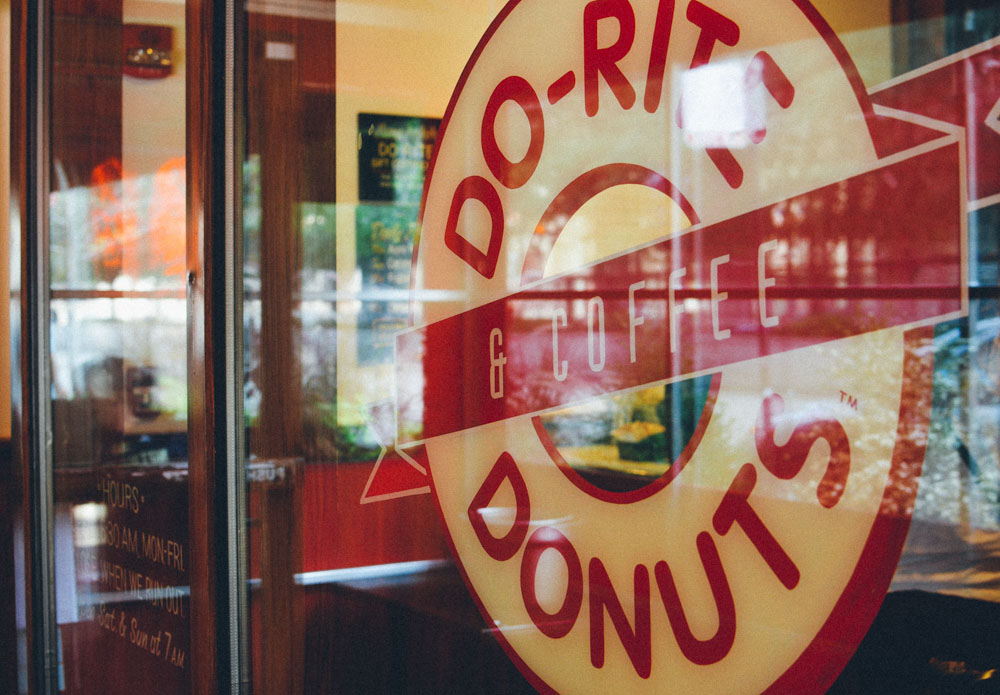
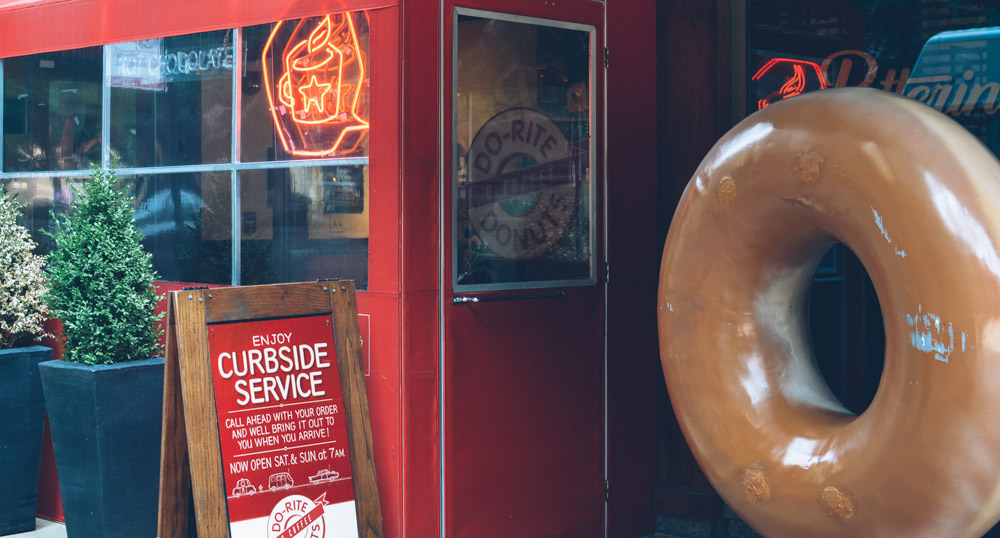
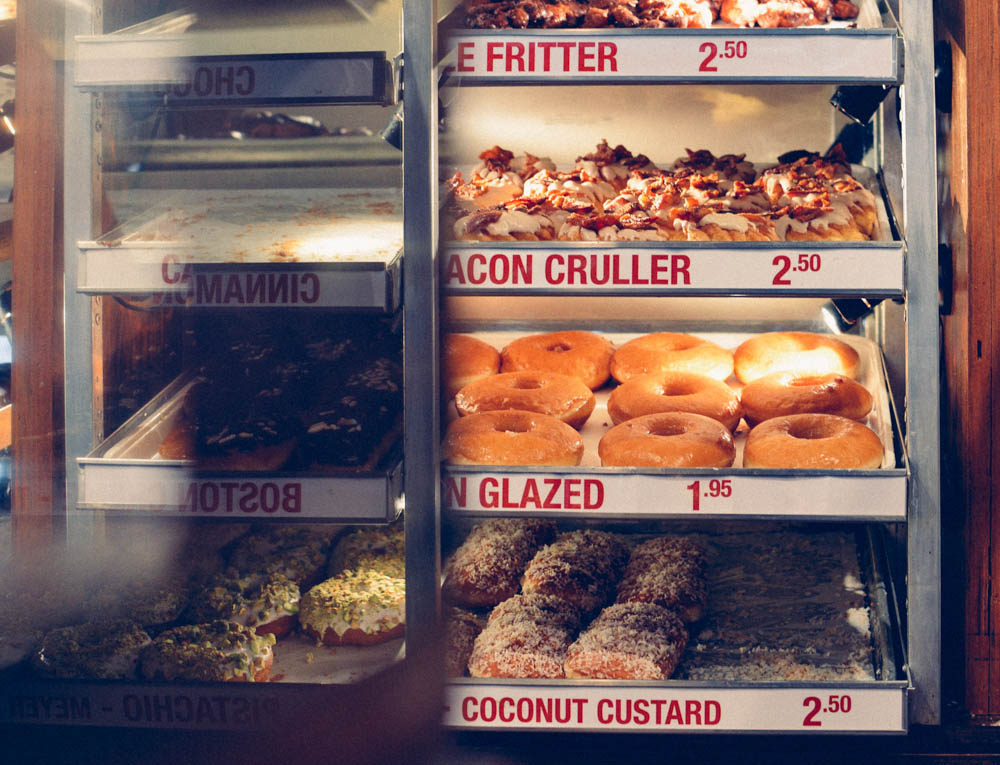
Just two years ago, the thought of making donuts was no more than a joke, when Jeff Mahin and Francis Brennan spent time in the kitchen of the elevated dining hideout, called L2O, on the North Side of Chicago. Even more ironic is the fact that the two had no idea they were from the same town just outside San Francisco, until over a month after meeting when Jeff wore a shirt that said, “I Heart Danville.”
During their time at L2O, where Jeff was a line cook, and Francis the chef of cuisine, the two would talk about their mutual love for one hometown favorite, Christy’s Donuts, while collaborating on a passion fruit filled pastry. However, the thought of making donuts full time was nowhere close to a reality:
“While doing pastries at L2O, we would always joke about opening a donut shop, but we knew it would never fly.”
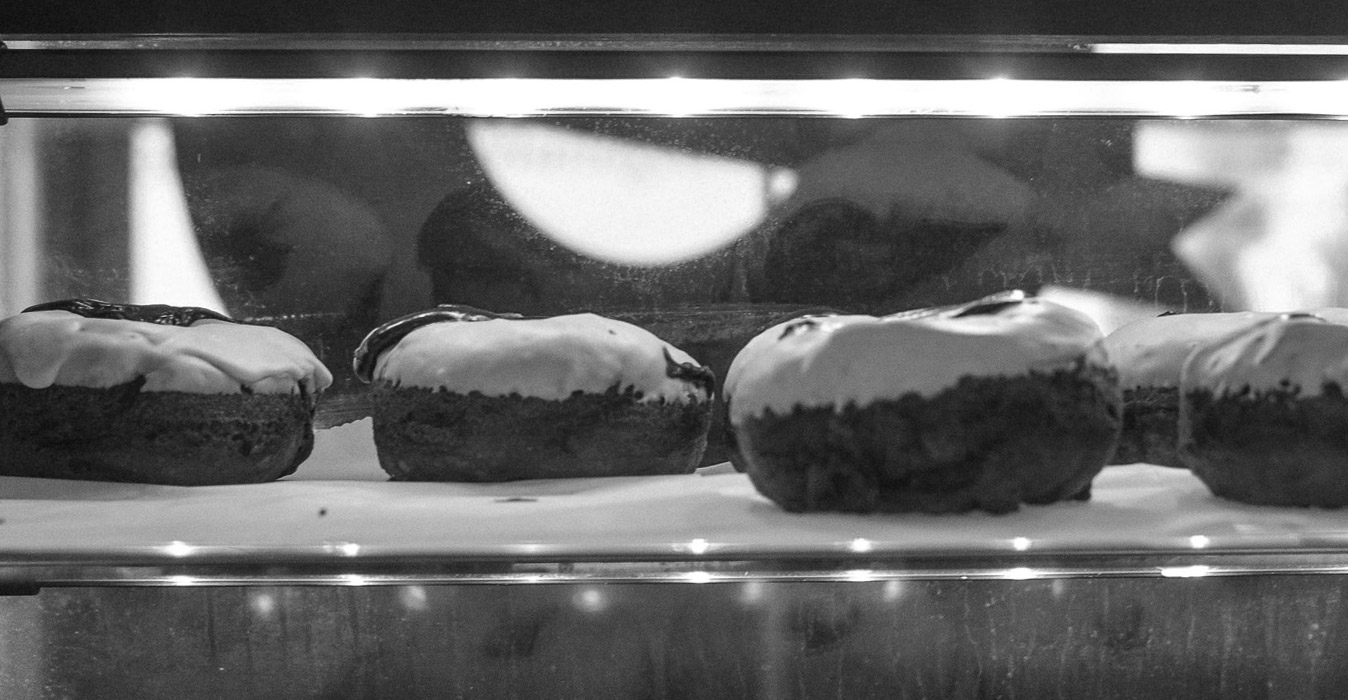
To their surprise, the opportunity presented itself in the form of a carryout counter, attached to an old Italian restaurant, Petterino’s, below Chicago’s Goodman Theater.
“We looked at it for a while, trying to decide what it should be. Soup kitchen? Sandwich shop? Doughnut shop?”
While Francis and Jeff agreed that this was a major opportunity to pursue their dream, the two knew nothing about making doughnuts. Pastries, yes, but not doughnuts.
“It’s a different shaping and fermentation process, so we went around eating any doughnut we can find, calling colleagues, and making doughnuts day after day.”
Finally, they started to understand how and why it worked. They saw the science of putting the fat into the dough and how a little bit of fat does not absorb as much oil. How the glazing machine is different than hand dipping. How the yeast in the dough eats away at the sugar and dissolves the dextrose as part of a process called proofing.
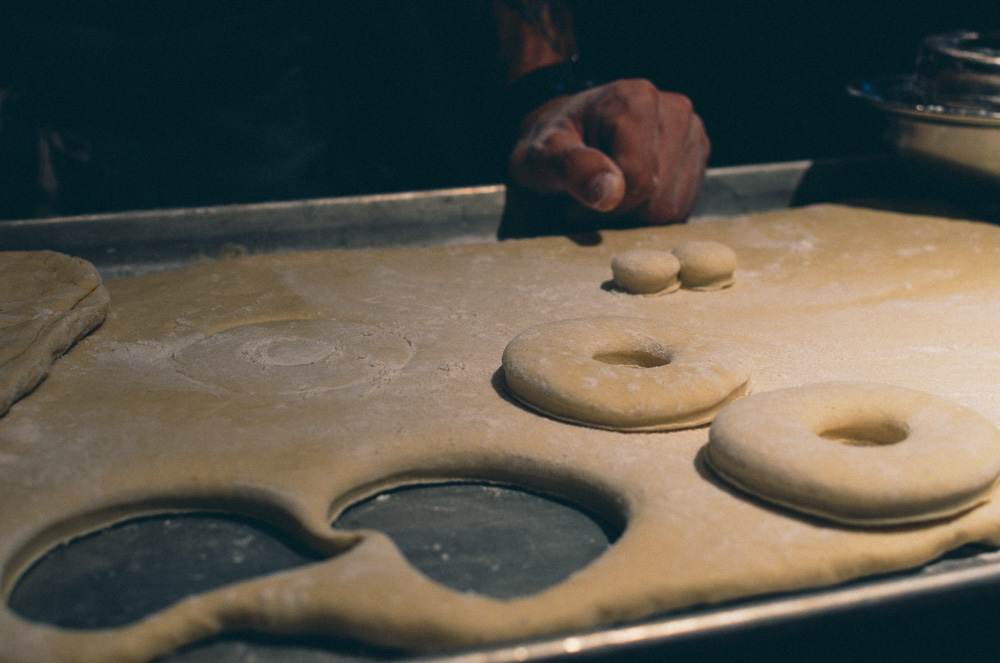
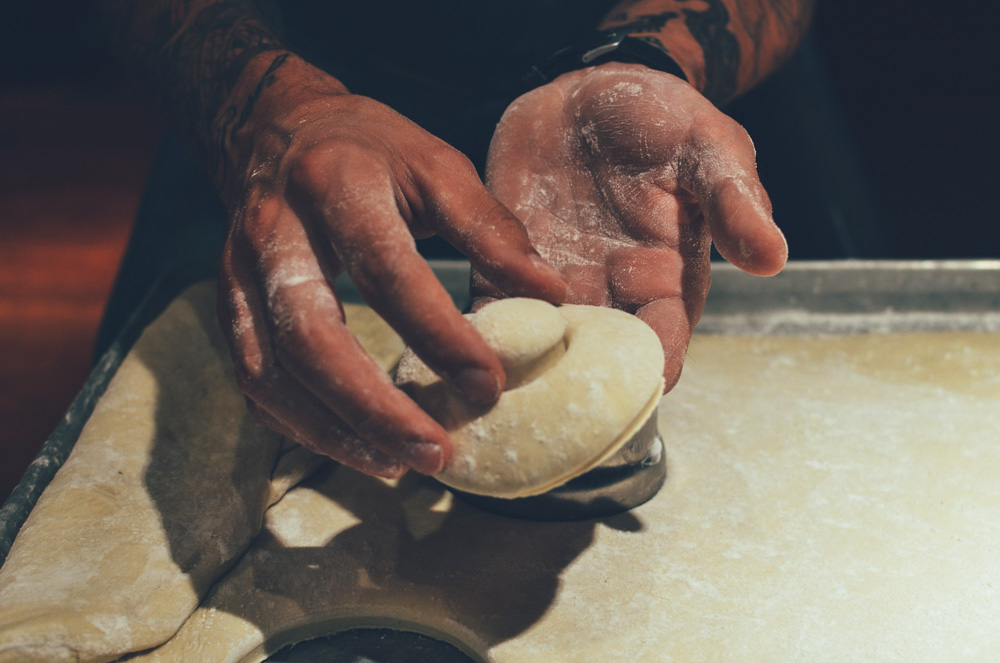
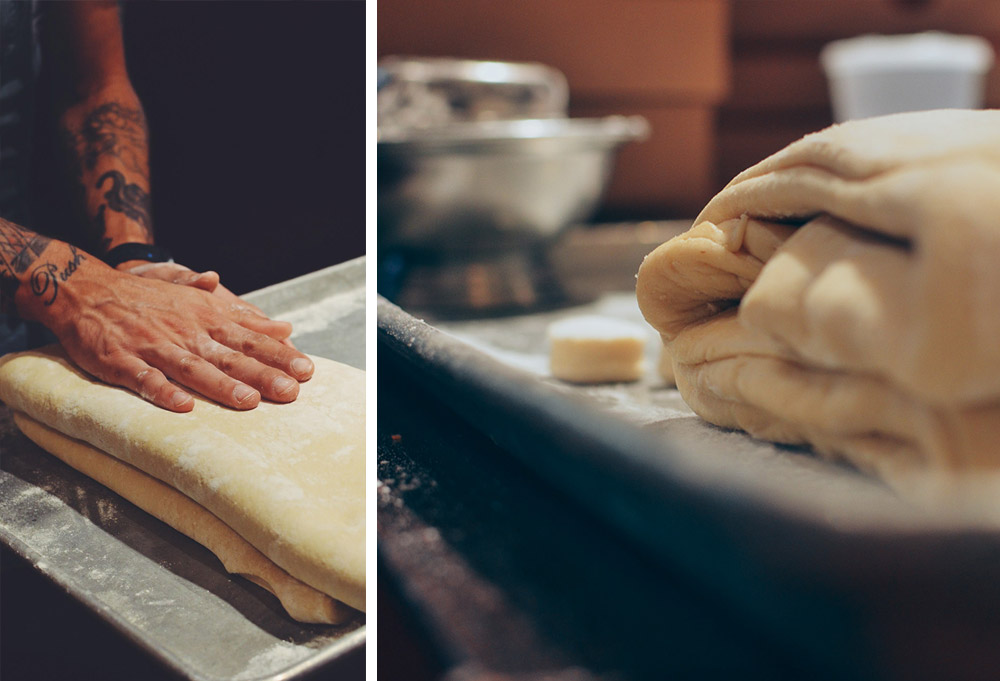
The Old Fashioned was notably the most challenging because it flowers out. For Jeff and Francis, it was the “nostalgic doughnut,” and, like with most nostalgic foods in today’s culinary revolution, doing something simple is often the toughest part, regardless of how much a chef may have learned previously. It was especially hard to pull off the crispy texture on the outside, the two-tone appearance, and the soft interior. They spent, by far, the most time trying to figure those aspects out.
“We finally got it, and we were never more proud of getting something as much as making the dough crack in the fryer—the Old Fashioned is our proudest.”
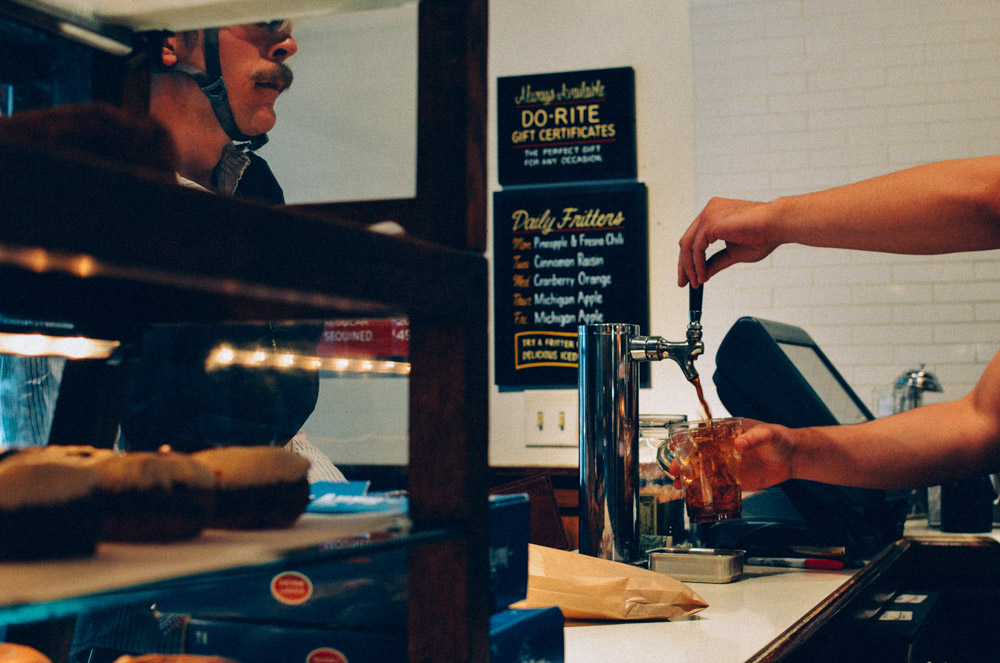
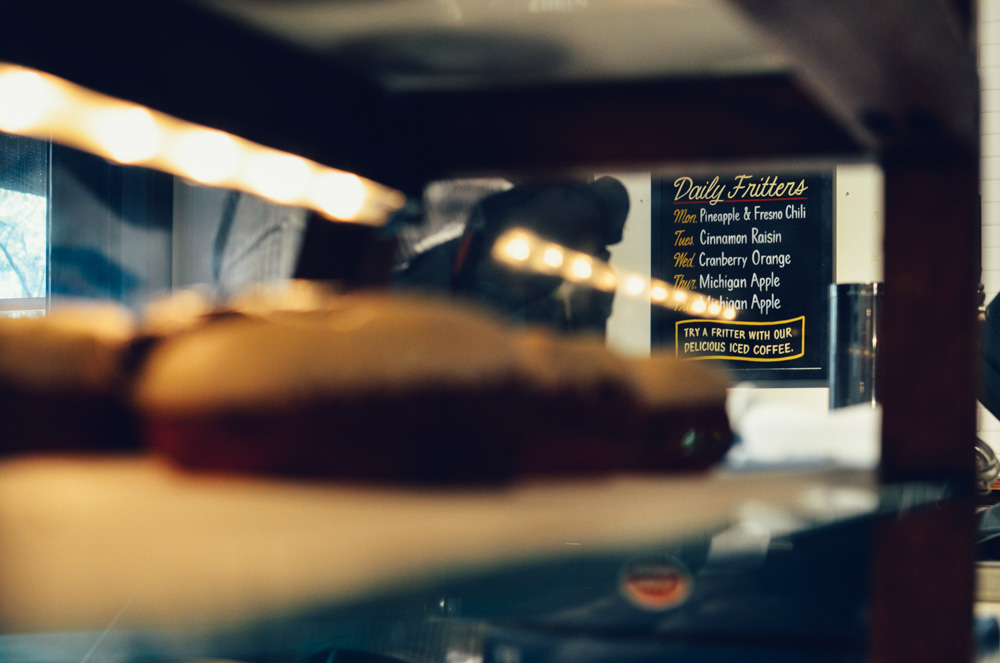
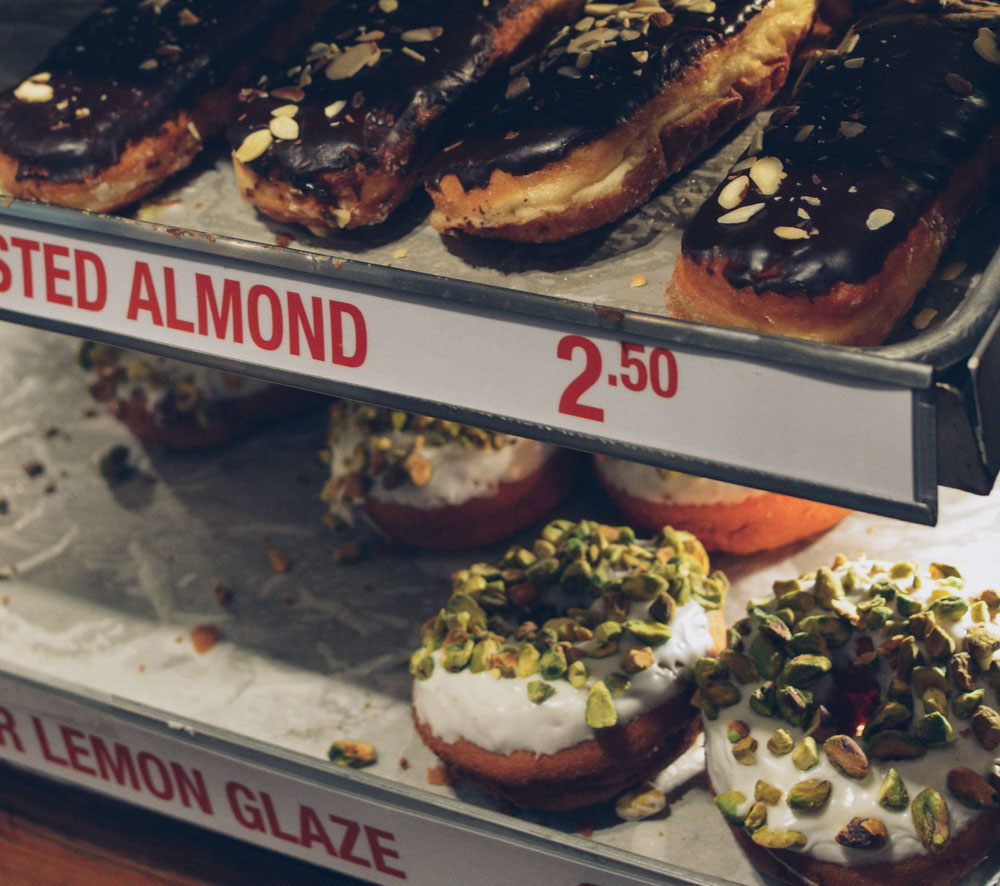
Jeff and Francis feel a similar pride for the shop itself as they do for the Old Fashioned. They scraped up everything they had to rent out the space, sanded down the counter, and built the racks from scratch. Later on, they took the same approach with their delivery van, restored and painted in house, using their own staff to deliver fresh.
“A hot doughnut is a better doughnut, so don’t let anyone else sell your stuff. Our own people deliver the donuts—even if it costs more.”
—
Do-Rite Donuts & Coffee
50 W Randolph St, Chicago, IL 60601
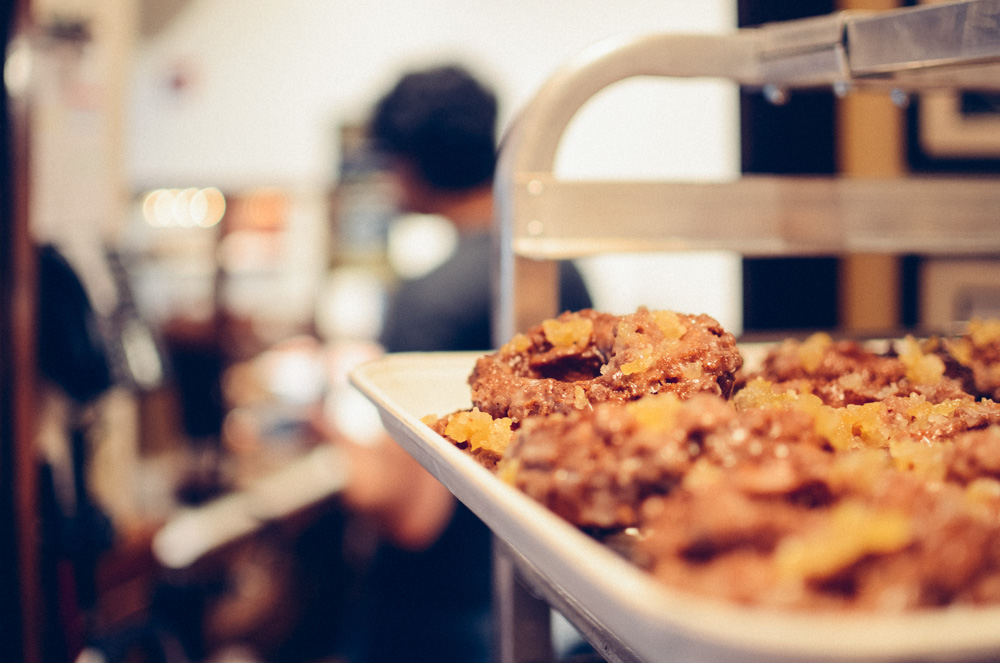

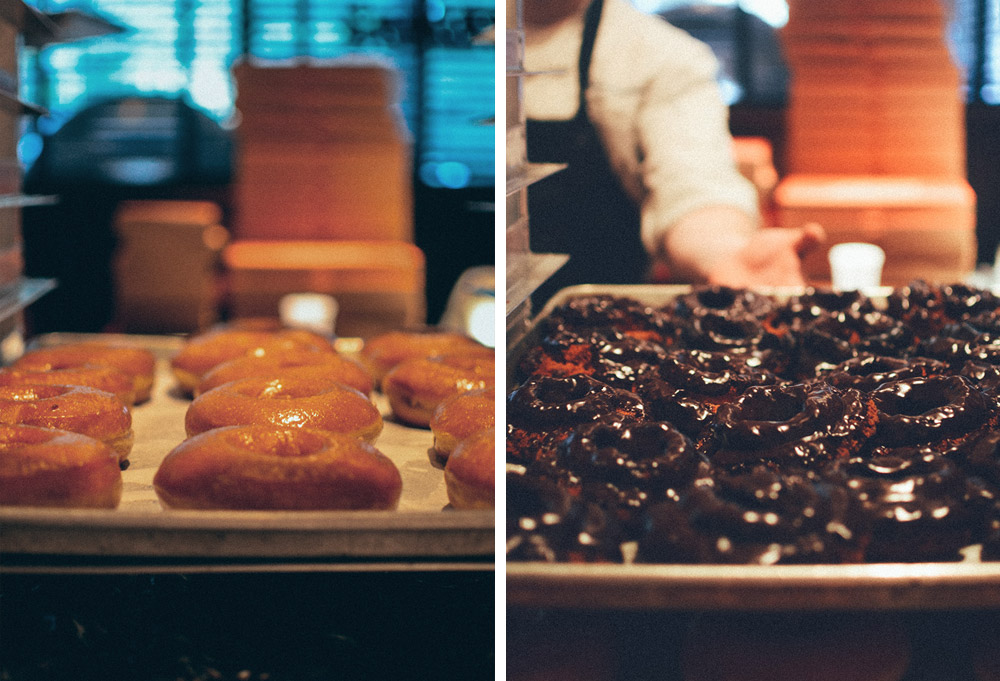
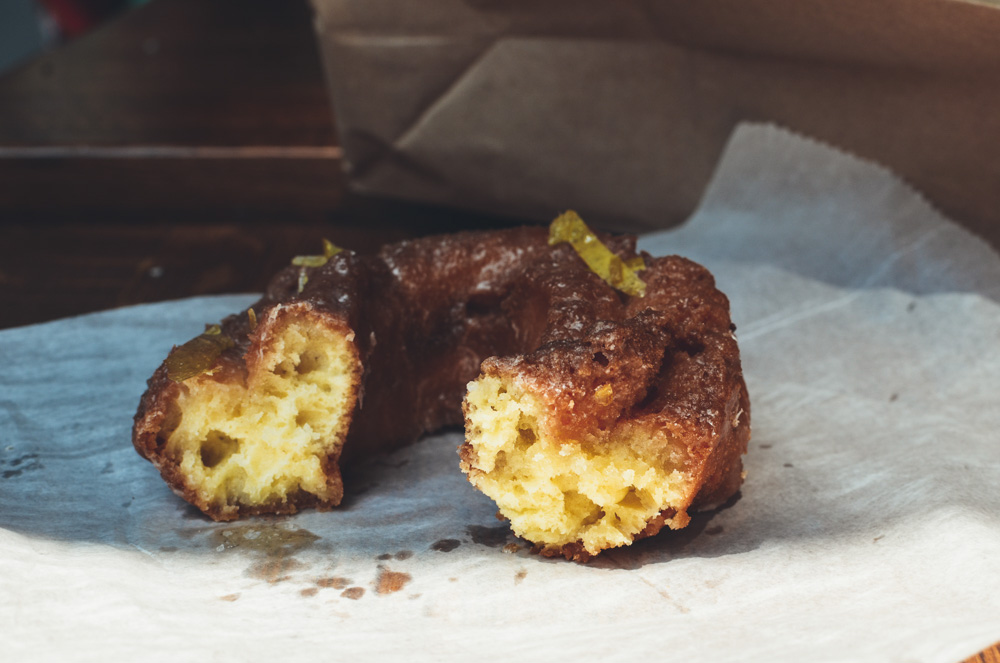

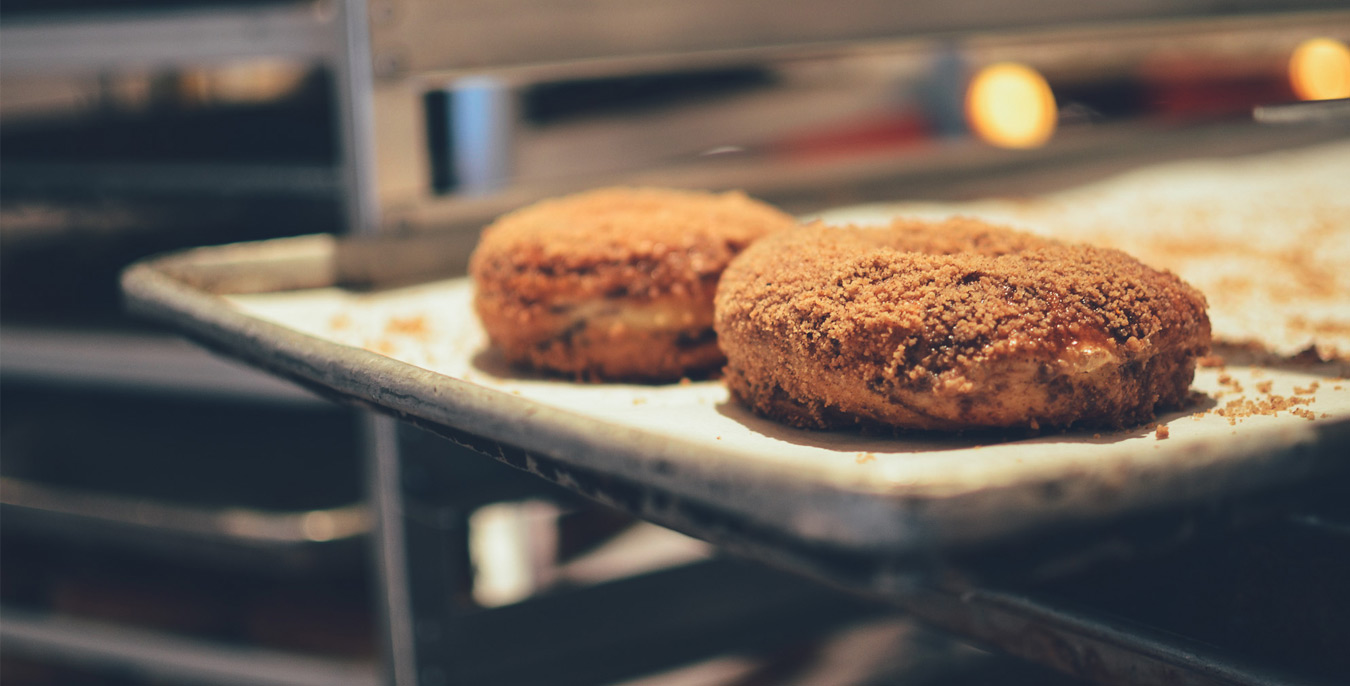

Our comments section is for members only.
Join today to gain exclusive access.